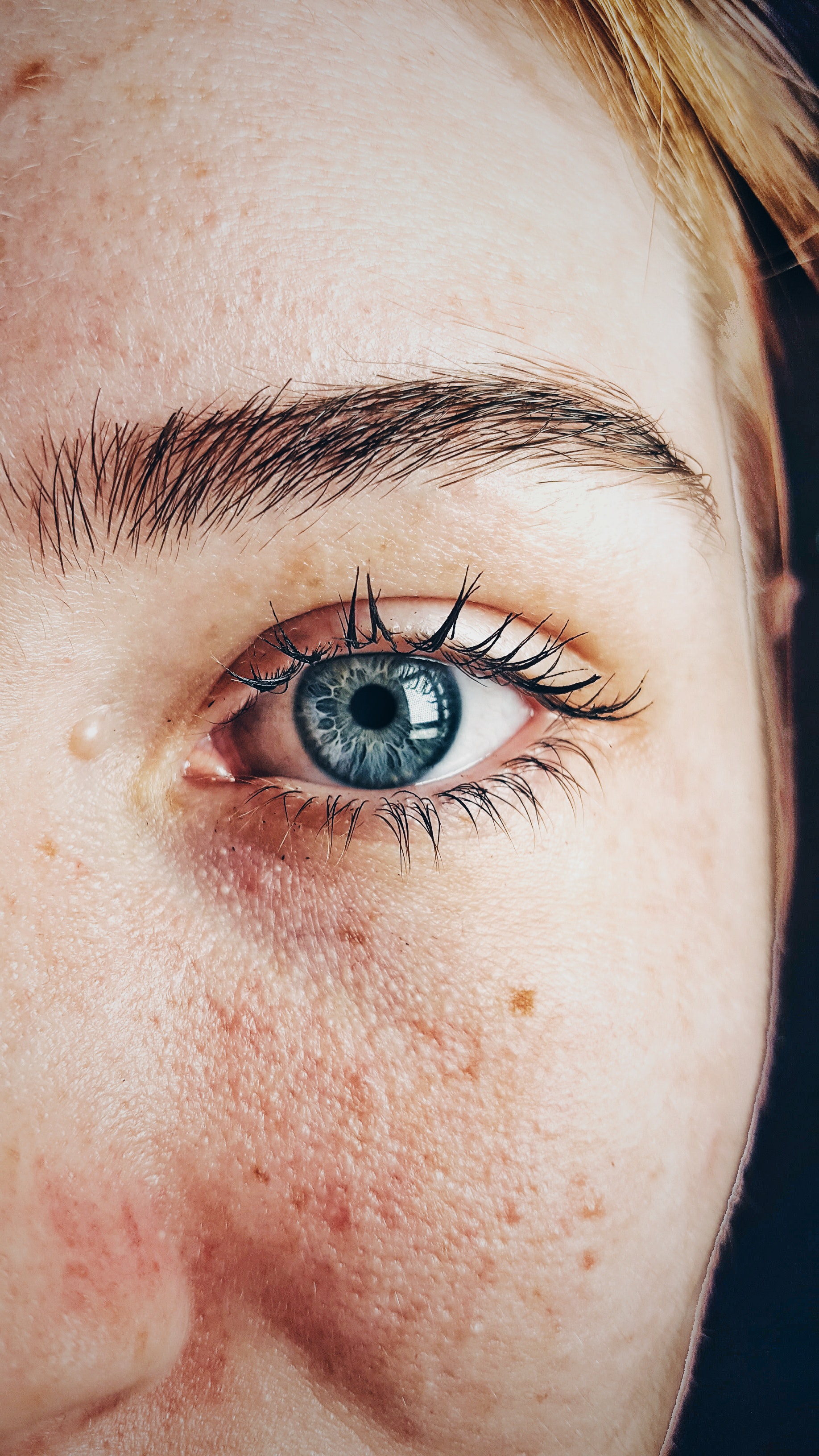Infections - Prevention, Diagnosis & Treatment
Blepharitis: What are its Types, Symptoms, Causes, and Treatment?
By S.I. (staff writer) , published on August 31, 2022

Medicine Telehealth Health eyes hygeine infection
What is Blepharitis?
Blepharitis is a common condition of the eye that results in red, swollen, irritated, and itchy eyelids. It can cause dandruff-like crusty flakes on your eyelashes. It is the most common cause of dry eyes.
Blepharitis can be painful. However, it is not contagious and normally does not cause long-term damage to your eyes [1].
Types of Blepharitis
Blepharitis can be classified into two types. These are:
- Anterior blepharitis
Anterior blepharitis is a condition that affects the outside of your eye, where your eyelashes connect to your eyelid. It is frequently caused by microorganisms on your skin or dandruff from your scalp or brows. Anterior blepharitis can also be caused by allergies or mites (tiny parasites), but this is uncommon.
- Posterior blepharitis
The outside of the inner edge of the eyelid — the area that contacts your eye — is affected by posterior blepharitis. When the oil glands in your eyelids become clogged, this type of blepharitis develops. Rosacea and scalp dandruff are two common skin disorders that can induce posterior blepharitis.
What are the Symptoms of Blepharitis?
Some of the common symptoms of blepharitis include [2]:
- Foreign body sensation in the eye
- Watery eyes
- Red and swollen eyes or eyelids
- Burning or stinging eyes
- Crusty eyelids or eyelashes when you wake up
- Itchy eyes
- Photophobia (Sensitivity to light)
- Dry eyes
- Tears that are foamy or have small bubbles in them
Blepharitis can also cause more severe problems like [3]:
- Swelling of other parts of the eye, like the cornea
- Trichiasis (Eyelashes that grow in the wrong direction)
- Blurry vision
- Madarosis (falling out of eyelashes)
What are the Causes of Blepharitis?
Anterior blepharitis is frequently caused by bacteria (staphylococcal blepharitis) or scalp and brow dandruff (seborrheic blepharitis). These bacteria are often found on the face and lids, but an infection can result if they become excessive or the lid area reacts negatively to their presence. Allergies or an eyelash mite infestation are less common causes of anterior blepharitis.
Posterior blepharitis occurs when the glands of the eyelids produce oil irregularly (meibomian blepharitis). This provides an ideal setting for bacterial growth. Other skin disorders, such as rosacea and scalp dandruff, can also cause posterior blepharitis.
Treatment of Blepharitis:
Keeping your eyelids clean and free of crusts is the best way to treat blepharitis [4]. Every day, clean your eyes and remove crusts with water and a gentle cleanser (such as baby shampoo).
Other treatment options for blepharitis may also be available. Consult your eye doctor to see if any of the following options are appropriate for you [5]:
- Medications that Fight Infection: Antibiotics administered to the eyelid have been demonstrated to alleviate symptoms and cure bacterial infections of the eyelids. These come in a variety of forms, including eyedrops, creams, and ointments. If topical antibiotics do not work, your doctor may prescribe an oral antibiotic.
- Medications to Control Inflammation: Steroid eyedrops or ointments are used for this, but only when other treatments have failed. Your doctor may give antibiotics as well as anti-inflammatory medications.
- Medications that Affect the Immune System: Topical cyclosporine (Restasis) has been demonstrated to alleviate some blepharitic symptoms.
- Treatments for Underlying Conditions: Treatment of the underlying condition may be sufficient to control blepharitis caused by seborrheic dermatitis, rosacea, or other diseases.
References:
- https://www.ncbi.nlm.nih.gov/books/NBK459305/
- https://www.ncbi.nlm.nih.gov/books/NBK459305/#:~:text=Patients%20with%20blepharitis%20typically%20describe,being%20most%20prominent%20upon%20waking.
- https://www.tandfonline.com/doi/abs/10.3109/08820538.2010.488562
- https://www.cochranelibrary.com/cdsr/doi/10.1002/14651858.CD013697.pub2/full
- https://www.sciencedirect.com/science/article/abs/pii/S1542012414001268
- https://www.ncbi.nlm.nih.gov/pmc/articles/PMC6095371/
Find articles related to: Medicine Telehealth Health eyes hygeine infection
More articles about Infections - Prevention, Diagnosis & Treatment
Back to the Health Tips Index




